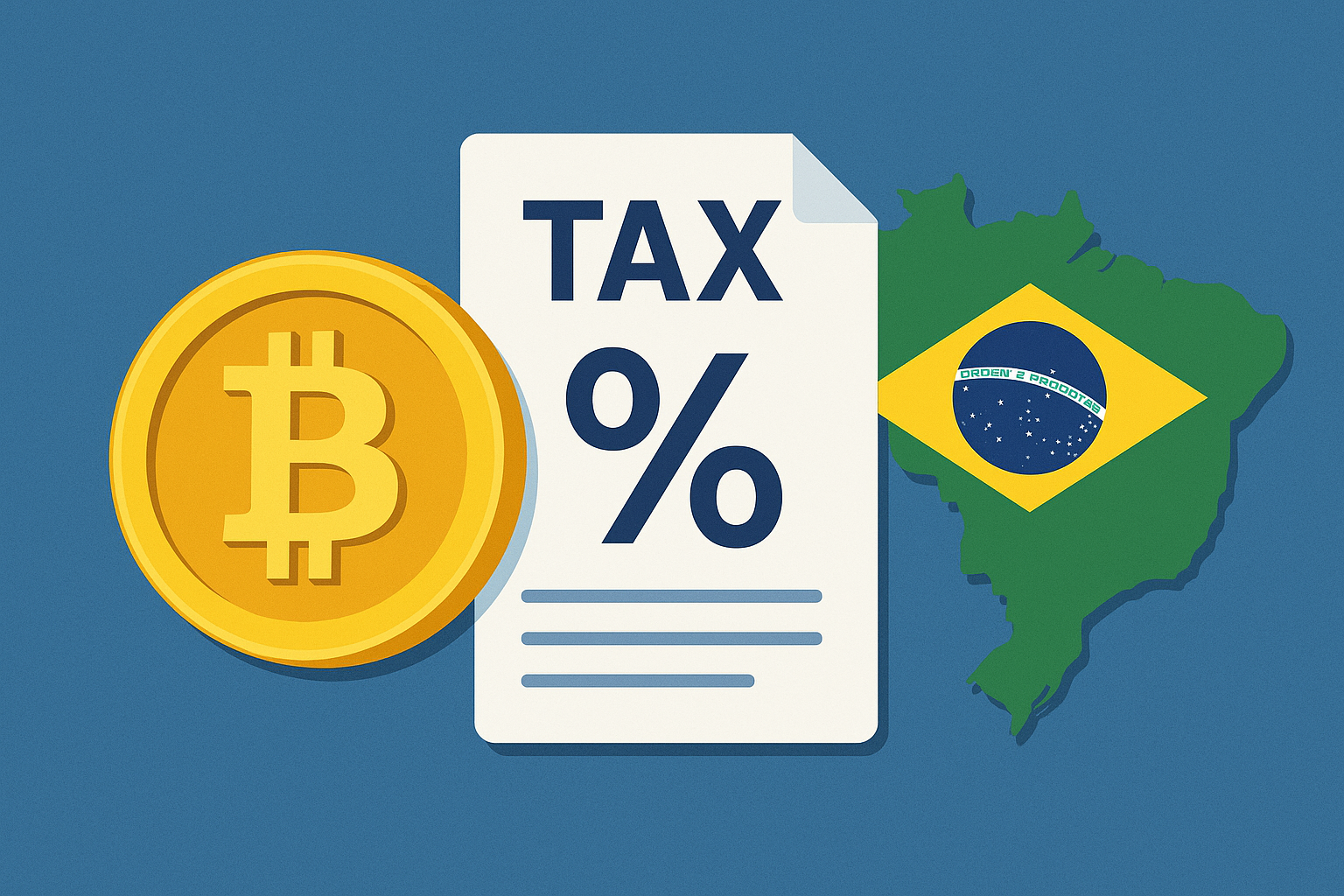Altcoin News
Bitcoin Dominance Is Falling—But Is Altcoin Season Really Here?

Introduction
The cryptocurrency market is once again at a critical juncture. As of mid-May 2025, Bitcoin’s dominance—a metric that compares Bitcoin’s market capitalization to the rest of the cryptocurrency market—has fallen from its peak of over 65% earlier this year to just above 60%. This decline has ignited speculation that a long-anticipated altcoin season may be on the horizon. But leading analysts are cautioning against making premature declarations. Despite early signs, the dynamics of the market suggest that altcoin season may still be some distance away.
While market sentiment tends to swing swiftly in the crypto space, the emergence of altcoin season typically follows consistent patterns of behavior: Bitcoin’s dominance dips substantially, Ethereum outperforms Bitcoin, and money rotates into mid- and low-cap altcoins. As of now, we are only seeing part of that picture.
Understanding Bitcoin Dominance And Its Implications
Bitcoin dominance (BTC.D) is a key market indicator used by traders and analysts alike to gauge the overall health and structure of the crypto market. A rising BTC.D generally suggests investors are leaning towards safer, more stable assets—namely Bitcoin. Conversely, a declining dominance often means traders are seeking higher returns in altcoins.
In early 2025, Bitcoin dominance hovered near a four-year high at 65%. This was driven largely by institutional adoption, ETF approvals, and the perception of Bitcoin as “digital gold.” However, over the past month, several factors—including capital rotation, Ethereum’s resurgence, and investor fatigue—have eroded BTC’s dominance by about 5%.
While this might appear significant, experts urge caution. André Beganski of Decrypt writes that despite the dip, Bitcoin continues to command substantial investor trust and liquidity. In his view, the reduction in dominance is not sufficient evidence to declare a full-fledged altcoin season.
What Triggers An Altcoin Season?
Historically, an altcoin season doesn’t begin merely because BTC loses dominance. According to research published by BeInCrypto, altseason usually emerges under specific market conditions:
Sustained Bitcoin Stability or Decline – When Bitcoin consolidates or trades sideways, it often allows capital to rotate into altcoins.
Ethereum Outperformance – As the leading smart contract platform, Ethereum’s strength is often the first sign of altcoin risk appetite.
Increased Retail Participation – Altseason is typically driven by retail traders looking for faster, higher returns than Bitcoin offers.
Narrative Momentum – New trends such as AI coins, meme tokens, or Web3 infrastructure can create bursts of altcoin activity.
Despite some of these elements being present in the current market, the momentum has not yet reached the level required to sustain a wide-ranging altcoin rally.
Ethereum Vs. Bitcoin: Key Indicator Of Market Rotation
Ethereum (ETH), often considered the bellwether of altcoins, has shown notable strength against Bitcoin. Data from Coinspeaker reveals that ETH/BTC ratios have been climbing steadily in May. Ethereum’s transition into full Proof-of-Stake operation has matured, and investor interest in Layer-2 scaling solutions continues to grow.
However, Ethereum’s rally has not yet reached the kind of breakout that typically precedes a broader altcoin surge. Analysts point out that while ETH has outperformed Bitcoin in specific intervals, the trend is inconsistent.
The Case For Caution: Analysts Weigh In
Several high-profile crypto analysts, including Omkar Godbole of CoinDesk, have expressed skepticism about an imminent altcoin season. In a May 15 report, he noted that Bitcoin’s $2 trillion market cap still acts as a gravitational force. For a true altseason to occur, there must be a significant reduction in BTC market share, accompanied by elevated capital inflows into altcoins.
The sentiment is echoed by executives from major exchanges. In a statement to Crypto News, MEXC COO David Marsanic stated, “While Bitcoin dominance has declined slightly, the market has not shown sustained diversification. Retail interest remains focused on BTC and ETH.”
This viewpoint is particularly relevant because it reflects behavior across centralized exchanges—where most retail trades occur. Without mass interest in altcoins, any rally is likely to be short-lived.
Crypto Market Sentiment: Between Hope And Reality
Crypto sentiment indexes, such as the Altcoin Season Index maintained by CoinMarketCap and Binance Research, currently show that we are still in a “Bitcoin season.” The index remains below 30, far from the 75+ range typically seen during altcoin-driven rallies.
Moreover, the Fear & Greed Index has returned to neutral territory after peaking in “greed” during Bitcoin’s rally past $105,000. This suggests traders are uncertain about market direction and unwilling to take high-risk bets on altcoins just yet.
Even meme coins—often early movers in speculative surges—have failed to gain traction in recent weeks. Tokens like DOGE, SHIB, and PEPE are trading flat or declining, which undermines the typical structure of an altcoin-driven market phase.
Are We In A Mini Altseason Instead?
An emerging narrative, suggested by BeInCrypto and OKX Research, is the concept of “mini altseasons.” These are short-term periods where select altcoins outperform due to unique catalysts—such as new partnerships, token burns, or ecosystem upgrades.
Projects like Solana, Avalanche, and Cosmos have enjoyed brief price surges tied to technical advancements and DeFi integration. However, these rallies have been isolated and have not triggered a full-blown rotation of capital into the broader altcoin market.
This fragmentation highlights a critical point: while individual altcoins may see success, the overall market structure does not support a generalized altcoin season.
Institutional Behavior: Still Bitcoin-Centric
Institutional investment remains concentrated in Bitcoin and, to a lesser extent, Ethereum. Data from CoinShares reveals that 85% of crypto fund inflows in Q2 2025 were directed towards BTC. Even with growing interest in tokenized assets and blockchain ETFs, altcoins are not yet seeing large-scale adoption by institutional investors.
Grayscale, Fidelity, and BlackRock’s digital asset arms continue to focus their product strategies around BTC. This conservatism reflects broader risk aversion and regulatory constraints, particularly in the U.S. and Europe.
Until institutions begin allocating capital to broader altcoin indexes or individual altcoins, it’s unlikely we’ll see the liquidity needed to support a full altseason.
Comparing With Previous Altcoin Seasons
Looking back at the 2017 and 2021 altcoin seasons offers important context. In both cases, Bitcoin dominance dropped below 40%, and Ethereum gained massive market share. Altcoins across sectors—privacy coins, DeFi, NFTs—saw exponential gains over a period of weeks to months.
In contrast, today’s market is more mature and segmented. Regulation is tighter, investor behavior is more cautious, and capital flows are more deliberate. These changes mean that any future altseason may be more targeted and less explosive.
What Needs To Happen Next For Altcoin Season To Arrive?
To tip the scales fully into an altcoin season, analysts suggest a combination of the following:
Bitcoin Consolidation: A cooling BTC market would allow capital rotation.
Altcoin Index Breakout: Indicators such as the Total2 Market Cap must breach technical resistance.
Increased DeFi & Web3 Activity: User growth and innovation could trigger investor confidence.
Global Regulatory Clarity: Simplified frameworks may allow institutions to explore altcoins safely.
Retail Reengagement: A new wave of retail investors entering the market via social media-driven hype could boost volume in speculative altcoins.
Until these conditions align, the crypto market remains in a cautious equilibrium.
Conclusion
While Bitcoin’s dominance is indeed falling, it’s far too early to proclaim the arrival of altcoin season. Analysts and market signals point to hesitation rather than exuberance. The crypto market is displaying signs of maturity—where hype alone no longer drives asset performance.
For now, cautious optimism is warranted. Select altcoins may outperform, Ethereum is regaining strength, and technical signals are flashing early warnings of a shift. But without a full breakdown in BTC dominance and a surge in altcoin volumes, this remains a watch-and-wait scenario.
Investors looking to capitalize on a potential altseason should remain strategic. Rather than chasing short-term pumps, it may be wiser to monitor the market’s structural indicators, liquidity flows, and long-term narratives that could eventually spark the next wave of altcoin enthusiasm.











